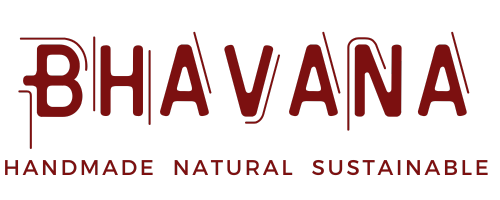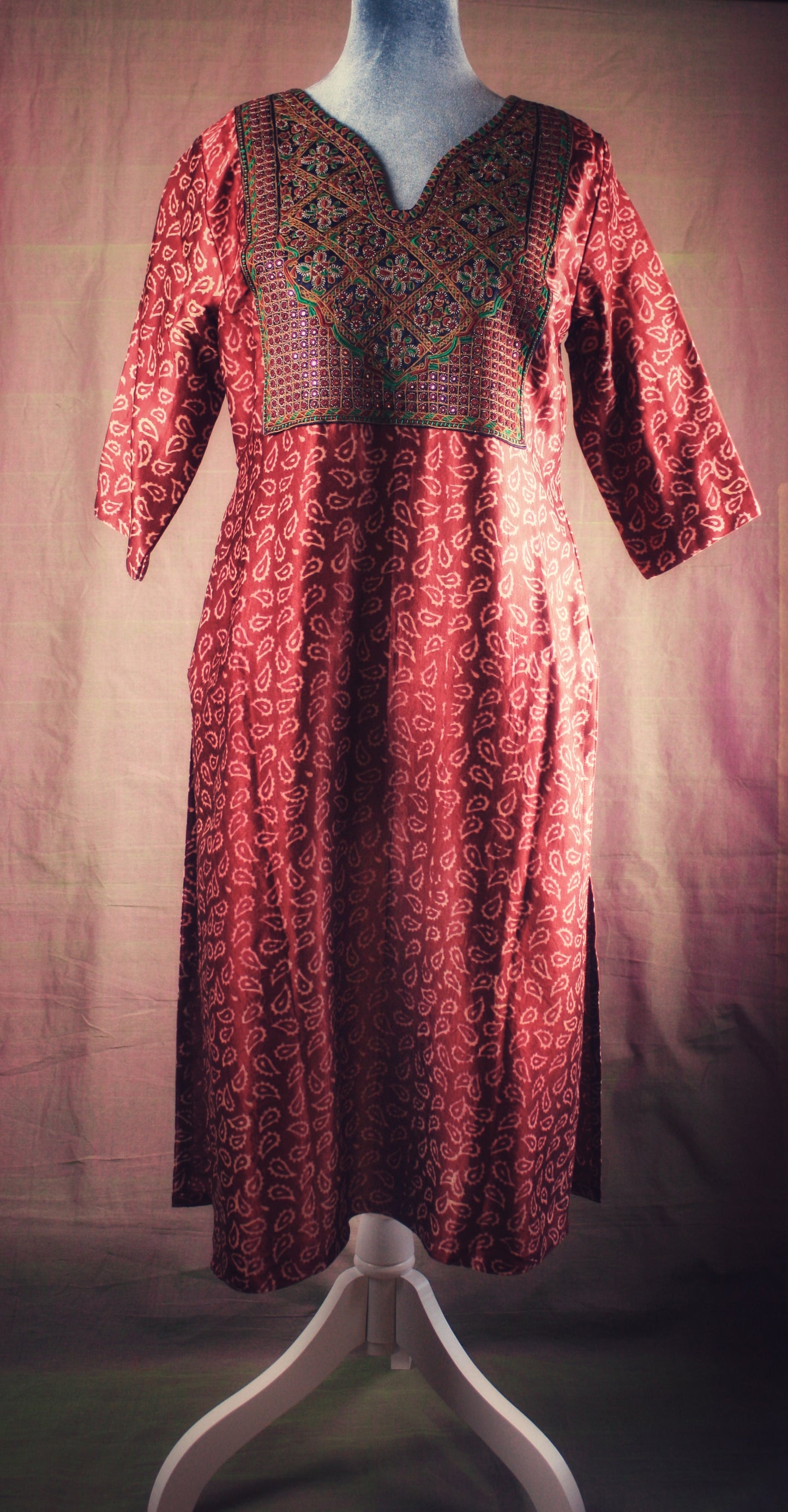
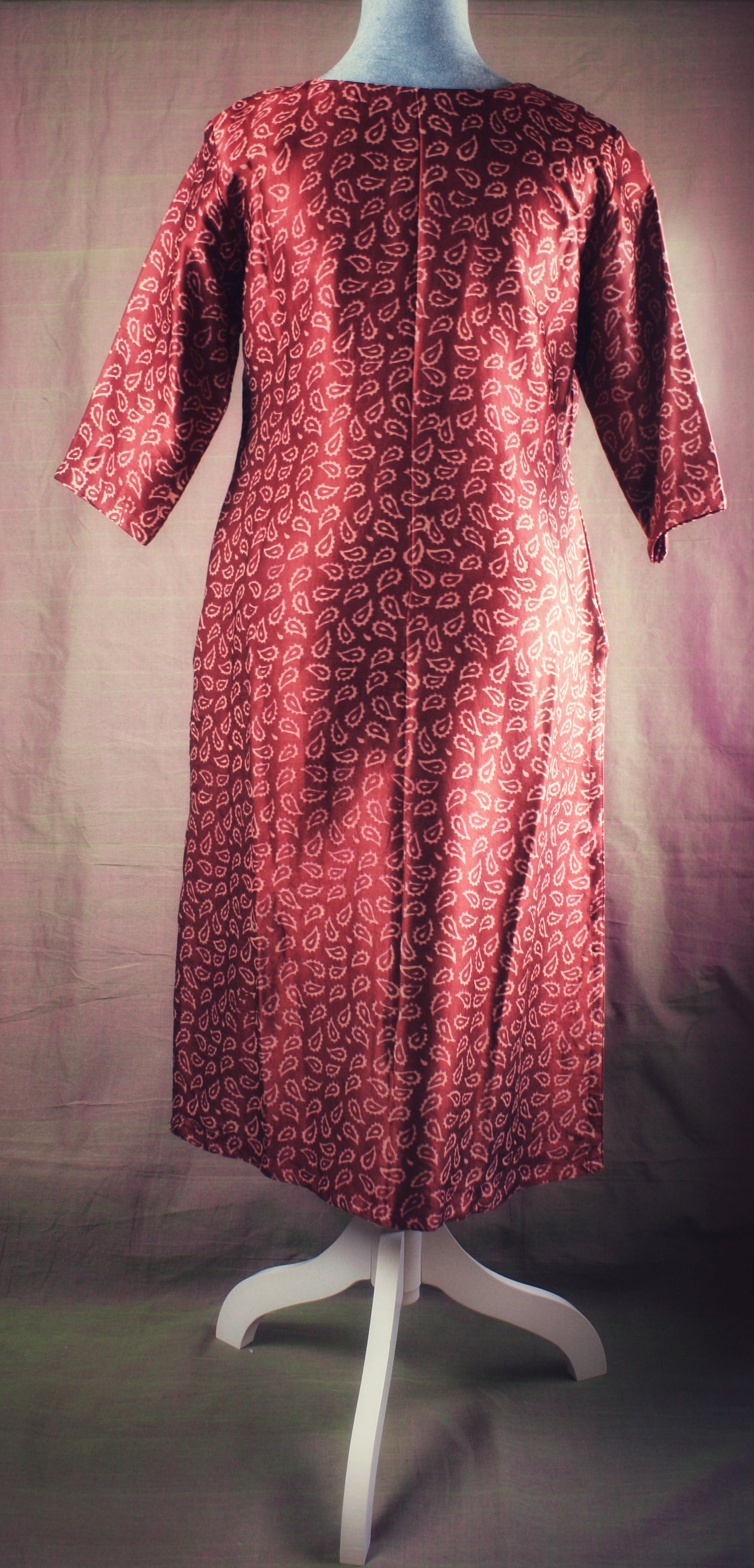
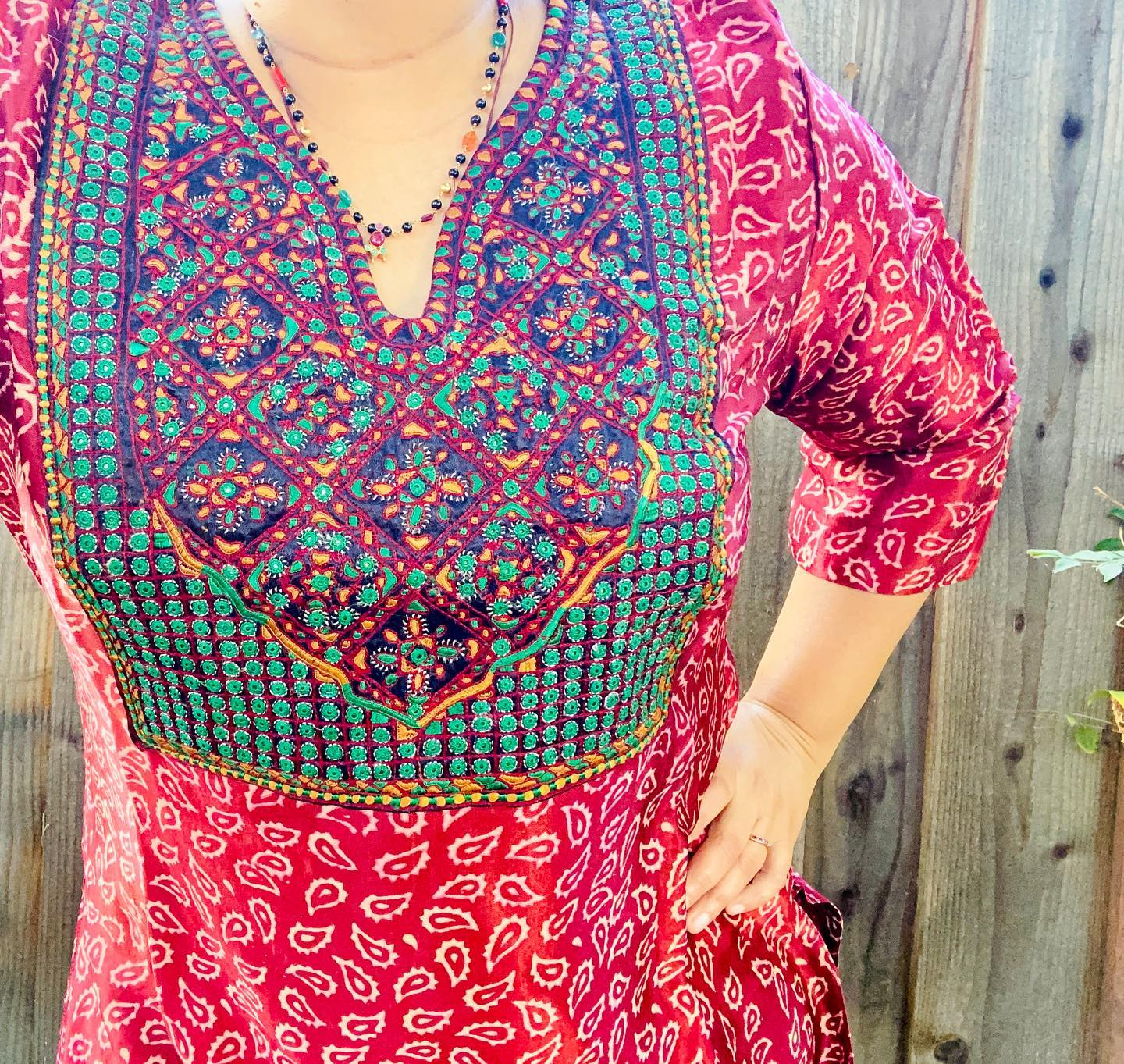
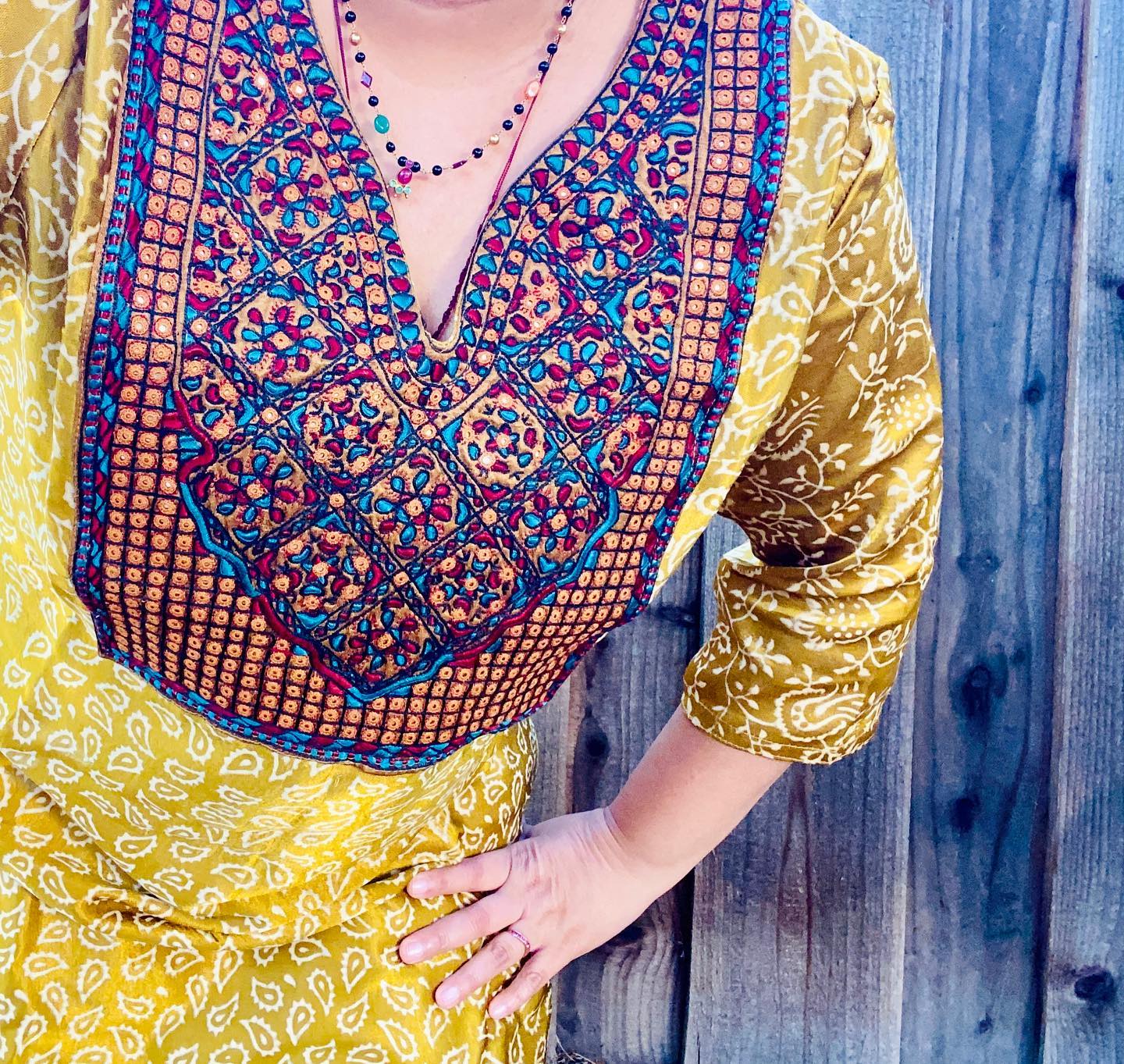
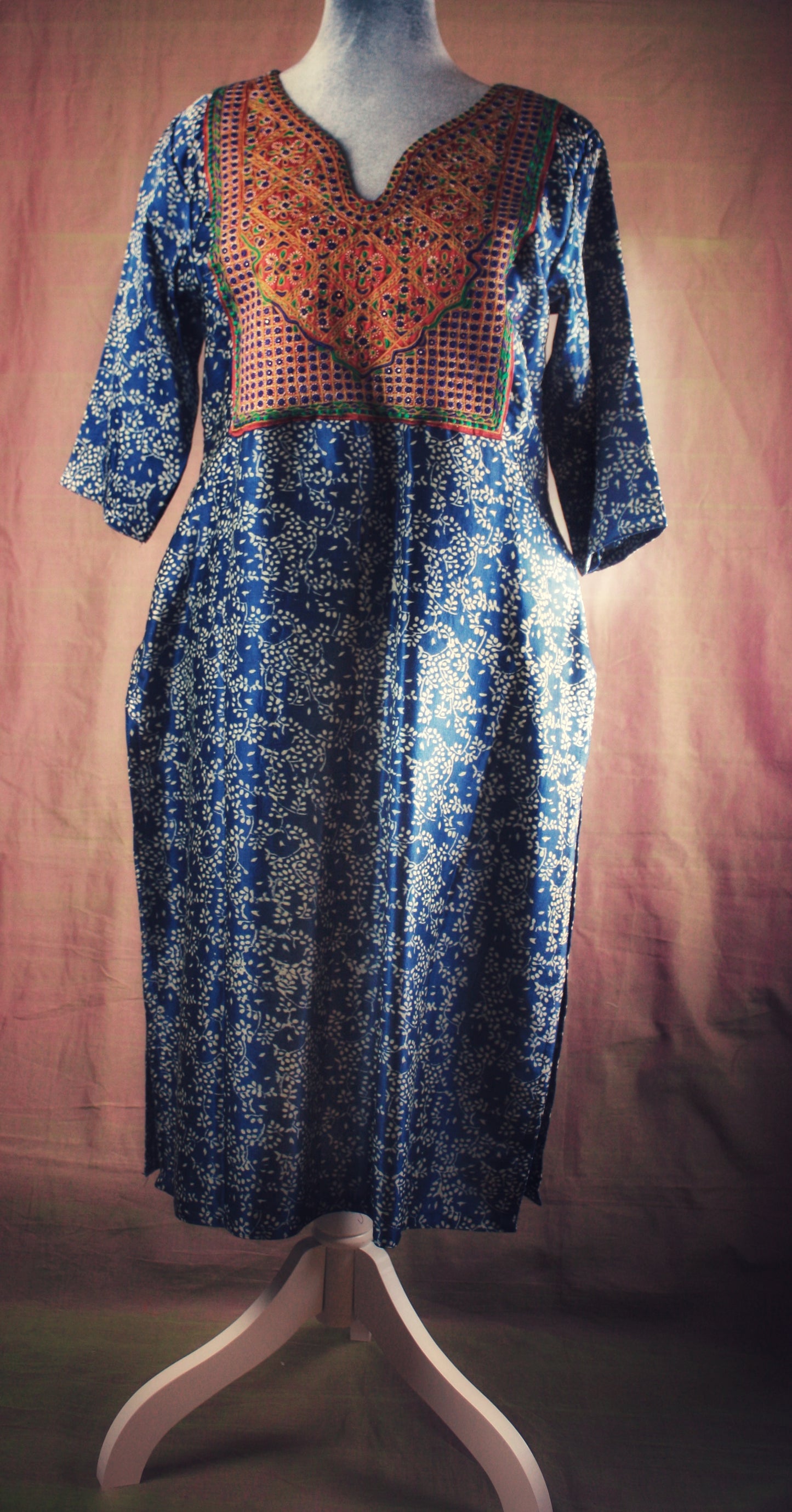
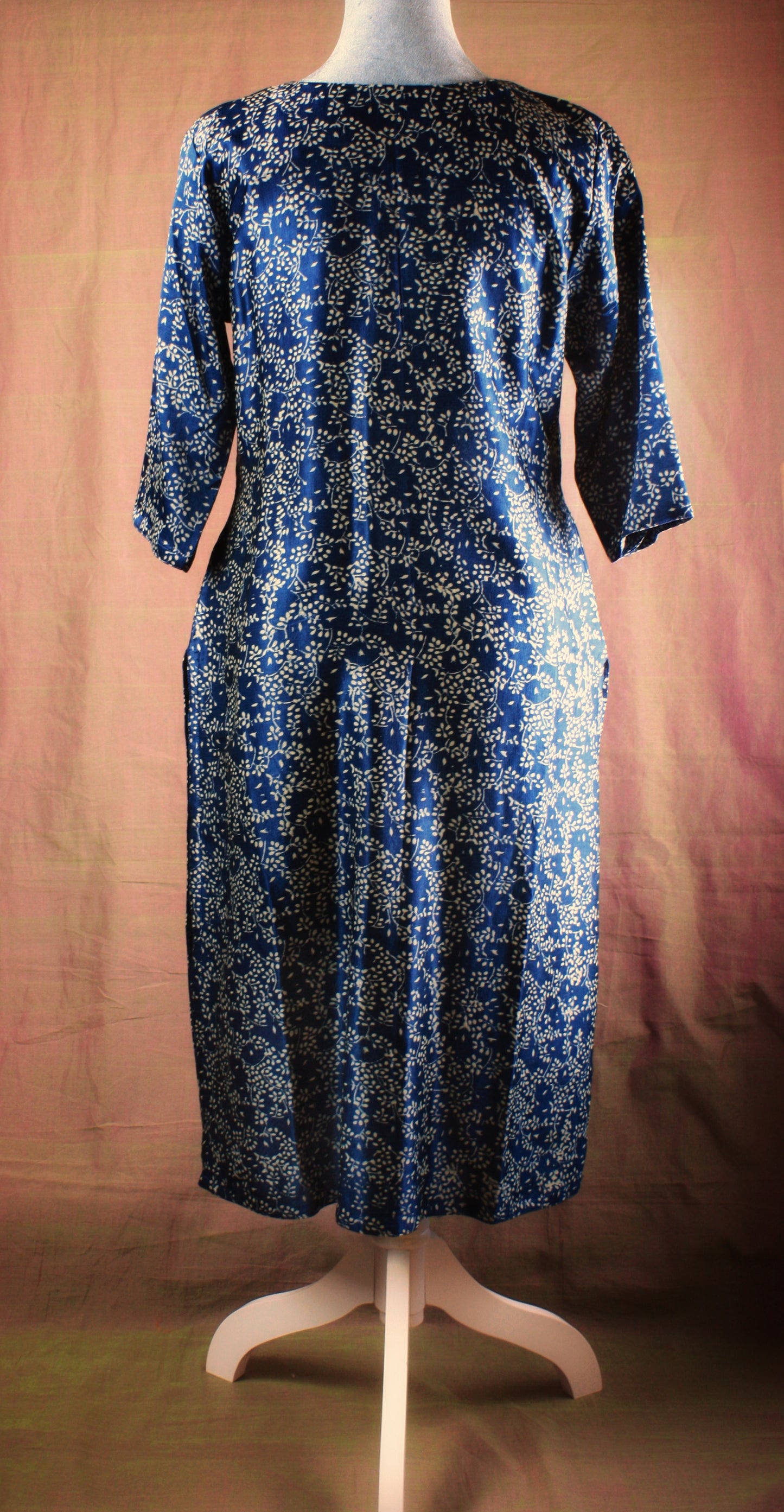
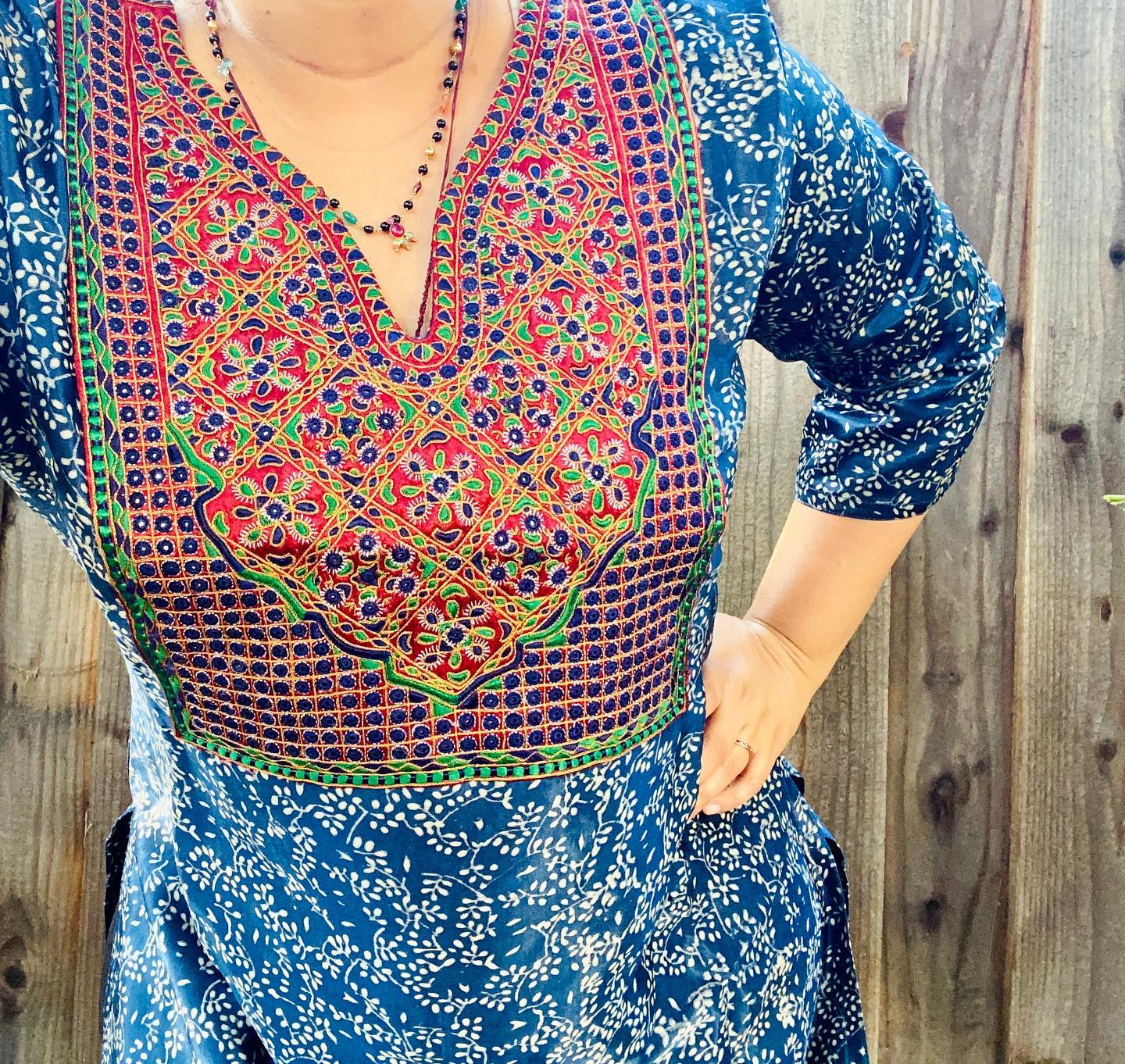


Size Guide
Ladies Blouse
|
Inches |
XS | S | M | L | XL |
|
Bust |
30 | 34 | 38 | 42 | 46 |
|
Waist |
26 | 30 | 34 | 38 | 42 |
|
Armhole |
15.5 | 16.5 | 17.5 | 18.5 | 19.5 |
|
Length |
12.5 |
13.5 | 14.5 | 15 | 17 |
Ladies Crop Top
|
Inches |
XS | S | M | L | XL |
|
Bust |
30 | 34 | 38 | 42 | 46 |
|
Waist |
26 | 30 | 34 | 38 | 42 |
|
Armhole |
15.5 | 16.5 | 17.5 | 18.5 | 19.5 |
|
Length |
15 |
16 | 17 | 18 | 19 |
Ladies Tunic
|
Inches |
S | M | L | XL | XXL |
|
Bust |
37 | 39 | 42 | 45 | 48 |
|
Waist |
39 | 41 | 43.5 | 46.5 | 49.5 |
|
shoulder width |
14 | 15 | 15.5 | 16 | 16.5 |
|
Length |
29.5 | 30 | 30.5 | 31 | 31.5 |
Ladies Kurta
|
Inches |
S | M | L | XL | XXL |
|
Bust |
38 | 40 | 43 | 46 | 49 |
|
Waist |
36 | 38 | 41 | 44 | 47 |
|
Hip |
41 | 44 | 47 | 51 | 54 |
|
Shoulder Width |
14 | 15 | 15.5 | 16 | 16 |
|
Length |
42 | 42 | 42 | 42 | 42 |
Ladies Maxi Dress
|
Inches |
M | L | XXL |
|
Bust |
36 | 39 | 44 |
|
Waist |
32 | 35 | 38 |
|
Hip |
40 | 43 | 46 |
|
Shoulder Width |
15.5 | 16 | 16 |
|
Length |
52 | 53 | 54 |
Ladies/ Big Girls Full Skirt
|
Inches |
Ladies - One size | Big Girls - One size |
|
Waist |
Fits 29 to 39" | Fits 29 to 39" |
|
Height |
40-41.5" | 36" |
Girls Kurta
|
Inches |
4-6 Yrs | 6-8 Yrs | 8-10 Yrs | 10-12 Yrs |
|
Chest |
26 | 28 | 30 | 32 |
|
Waist |
25 | 27 | 29 | 31 |
|
Hip |
27 | 29 | 32 | 34 |
|
Shoulder Width |
11 | 11.5 | 12.5 | 13.5 |
|
Length |
32 | 34 | 36 | 38 |
Girls Readymade Saree
|
Inches |
4-6 Yrs | 6-8 Yrs | 8-10 Yrs |
|
Saree Waist |
20-34 | 21 -36 | 22-38 |
|
Saree Length |
26 | 29 | 32 |
|
Blouse Chest |
26 | 28 | 30 |
|
Blouse Waist |
25.5 | 27.5 | 29.5 |
|
Shoulder width |
10 | 11 | 11.5 |
|
Blouse Length |
10.5 | 12 | 13.5 |
Mens Kurta
|
Inches |
S | M | L | XL | XXL |
|
Chest |
46 | 48 | 50 | 52 | 54.5 |
|
Shoulder Width |
19 | 20 | 21 | 22 | 23 |
Unisex T-shirts
| Inches | S | M | L | XL | XXL |
| Chest | 40 | 42 | 44 | 46 | 48 |
| Length | 28.75 | 29.5 | 30.25 | 31 | 31.75 |
